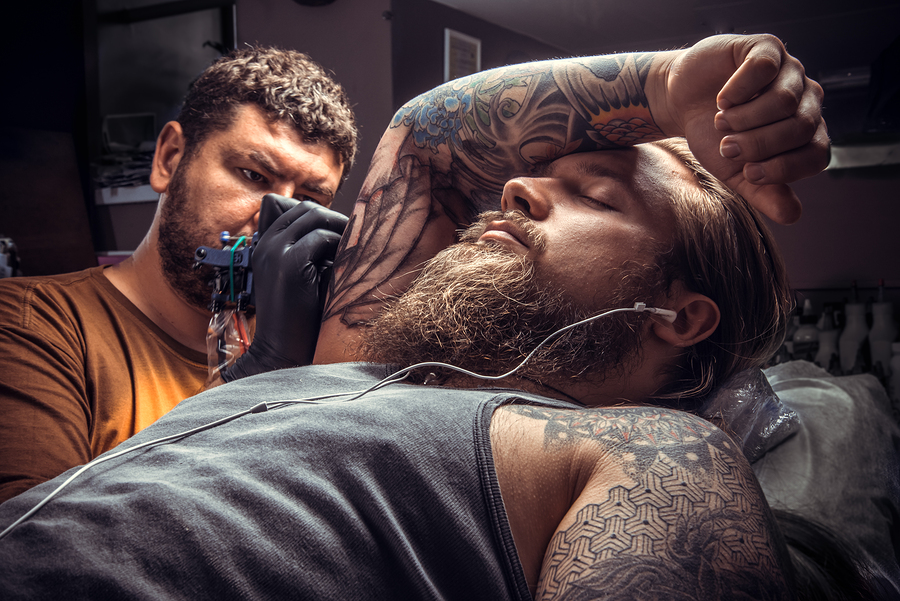If you’ve ever gotten a tattoo then you know the rules: keep your new art clean and covered because the skin is more susceptible to bacterial infections. 1 Each time the tattoo gun pierces your skin, the needle is technically opening a wound- a pathway for germs to enter the body (the larger the tattoo, the more you increase your risk of possible infection).
RELATED ARTICLES:
And with that rule, conventional wisdom says (the tattoo artist does, too) you shouldn’t soak it, either. That means no baths and NO SWIMMING. Especially in dirty water. Like a lake. Or even the ocean.
Five days after getting his tattoo, the man decided to go for a swim in the Gulf of Mexico. Just three days after that, he was admitted to Parkland Memorial Hospital in Dallas with severe pain in both of his legs and feet. His symptoms included a fever, chills and redness around his tattoo and elsewhere on his legs.” 3












